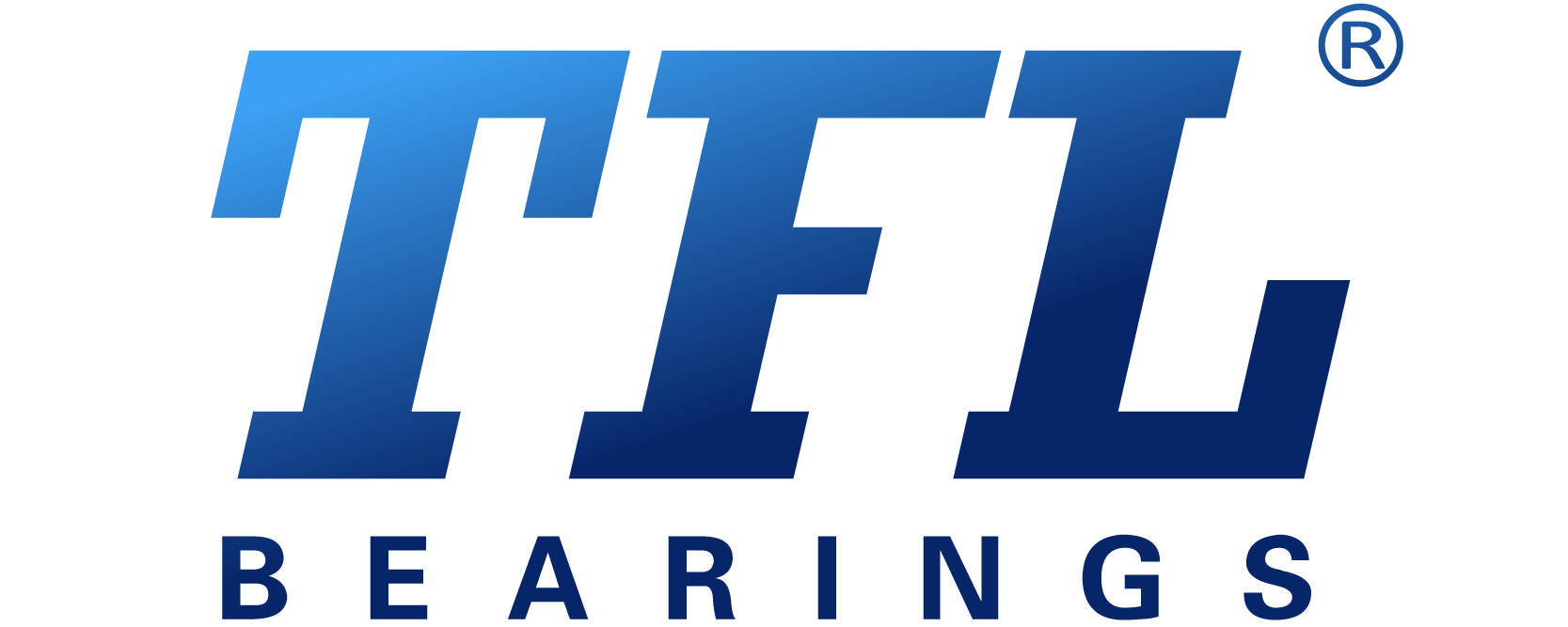The Best Ceramic Insulated Bearings
Introduction
Ceramic insulated bearings are made with ceramic materials with insulating properties. Ceramic insulated bearings are characterized by high-temperature resistance, wear resistance, anti-magnetic and electrical insulation, etc. They can be used in harsh environments and special working conditions, and their importance in modern industrial applications is gradually increasing.
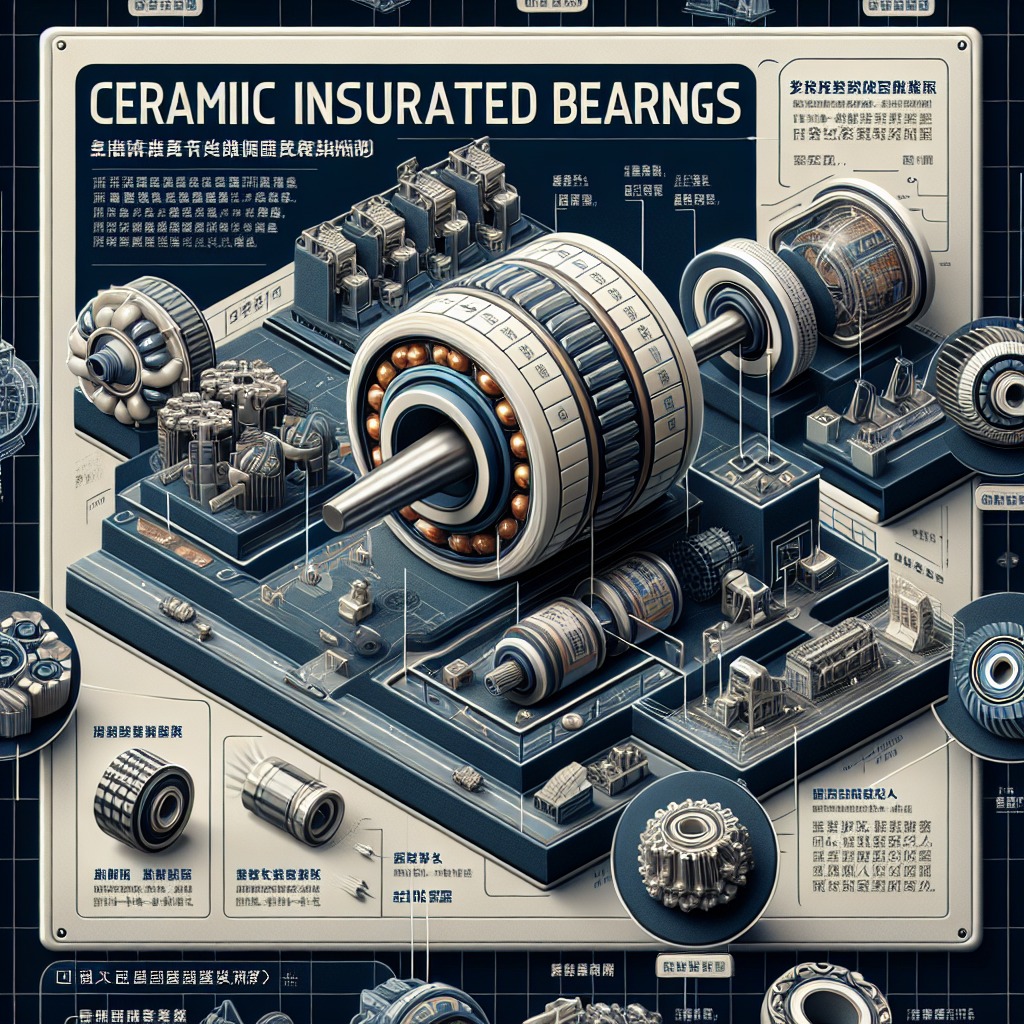
What Are Ceramic Insulated Bearings?
Ceramic insulated bearings are a special type of bearing that ensures excellent electrical insulation by coating the outer or inner ring with an insulating material or using ceramic materials for the rolling elements. Currently on the market, widely used ceramic bearings brands such as FAG Bearings 6316-J20AA-C3, VXB SR4ZZ Ceramic Bearing, SKF 625-2RZTN9/HC5C3WTF1, SKF 607-2RSLTN9/HC5C3WTF1, NTN 5S-6207ZZC3/ EM etc.
According to studies, ceramic bearings last 5 to 20 times longer than metal bearings, and comparable steel bearings can be up to 40% heavier than ceramic bearings. Ceramic and steel ball bearings have advantages and disadvantages and are suitable for different applications. When selecting bearings, comprehensive consideration should be made according to the specific application environment and requirements, and a more suitable bearing should be selected.
The following is a comparison of ceramic insulated bearings with traditional steel bearings:
| Element | Ceramic | Steel |
|---|---|---|
| Surface/Rolling resistance | The surface finish is smooth and uniform, reducing the rolling resistance | Not as smooth as a ceramic ball bearing |
| Weight | The density of ceramic is 40% that of steel-reduced weight, which allows for higher speeds. | Denser material compared to ceramic. |
| Durability | Ceramic bearings are harder than steel | Less rigid than the ceramic ball bearing |
| Stiffness | Increased stiffness-meaning the resistance ability of an exterior force | Less stiffness |
| Speed | There is a speed advantage over steel. The well-made ceramic bearing will roll faster. | Not as fast as ceramic |
| Corrosion | Superior corrosion resistance | Corrosion-resistant |
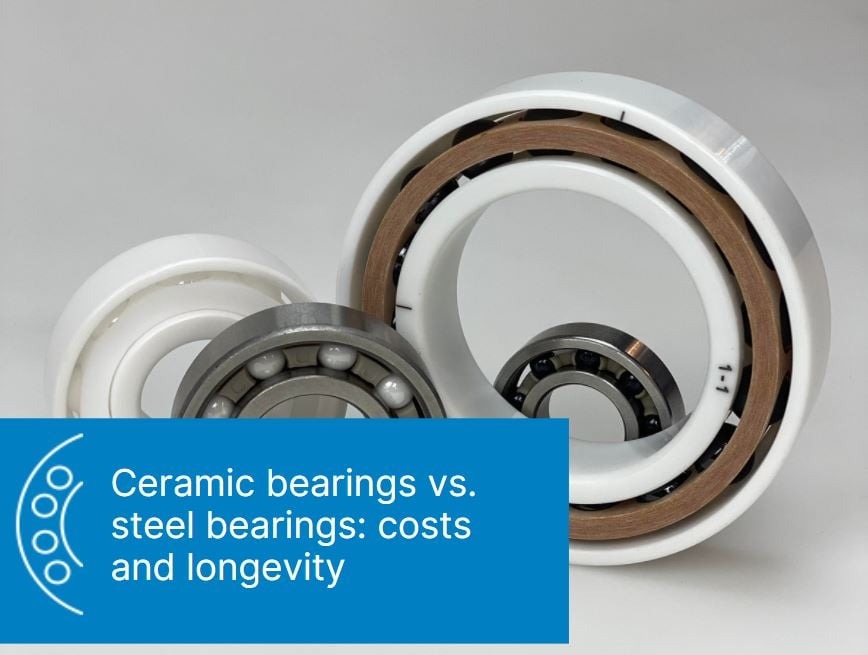
Types of Ceramic Insulated Bearings
The ceramic insulated bearings are generally categorized into full ceramic bearings, hybrid ceramic bearings and ceramic coated bearings.
- Full ceramic bearing races and balls are made entirely of ceramic material and are superior to ordinary steel bearings in many respects. They have good corrosion resistance, are non-magnetic, and can withstand temperatures up to 1,000 °C. Ceramics are the perfect material for anyone seeking to achieve higher speeds, reduce overall weight, or for extremely harsh environments with high temperatures and corrosive substances.
- Hybrid ceramic bearings have rings made of rolling bearing steel and rolling elements made of ceramic. Ceramic hybrid bearings have the prefix HC. The rolling elements are highly resistant to wear and are galvanically insulated. Compared to conventional all-steel bearings, hybrid bearings have a life span of up to 10 times, shaft speeds can be doubled, and grease life can be extended by more than three times. Hybrid options help manufacturers balance performance and cost.
- Ceramic-coated bearings are standard with an Insutect A ceramic coating on the inner or outer ring. Like FAG bearings with Insutect coating, bearings with oxide ceramic coating are identified by the suffix (J20) (FAG J20AA/J210AB/J20B). The plasma spraying method generates an electric arc between two electrodes, and the introduced inert gas is ionized. The resulting plasma jet is then used as a carrier jet for the aluminium oxide powder. It is melted and sprayed at high speed onto the inner or outer ring. The oxide layer is then sealed.
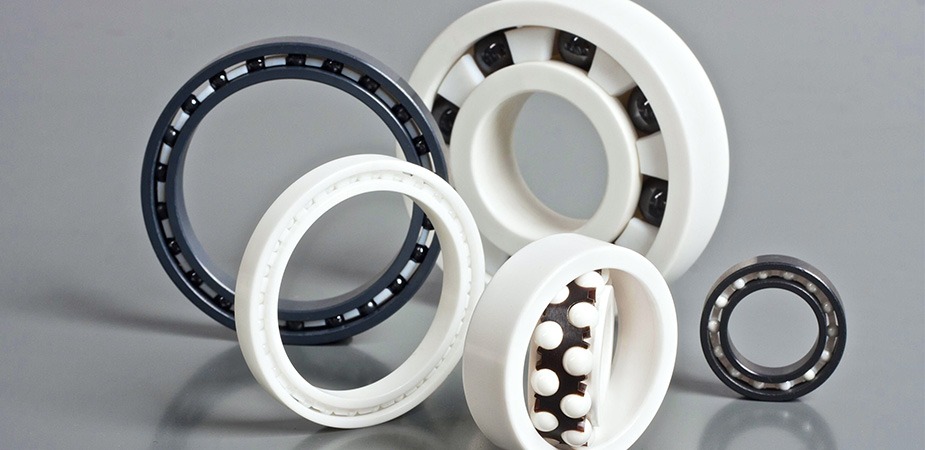
Materials Used in Ceramic Insulated Bearings
The materials generally used in ceramic insulated bearings are silicon nitride, zirconium oxide and aluminium oxide. Each different material has its unique properties and advantages.
| Specificities | Thermal performance | Hardness level | Max temperature (°C) | Application | |
|---|---|---|---|---|---|
| Silicon nitride | Lightweight and high rigidity | High thermal conductivity:40-60W/m.K | 9 | 1900 | Aerospace, semiconductor equipment, etc. |
| Zirconium oxide | High strength and toughness | Relatively low:10-20W/m.K | 8 | 2200 | Chemical and medical applications |
| Aluminium oxide | High melting point, high stability | 18-35W/m.K | 8 | 2000 | Capacitors, resistors, etc. |
Manufacturing Process
The ceramic bearing manufacturing Process mainly includes the following steps: material selection – powder preparation – moulding – sintering – processing – cleaning and testing – assembly and commissioning – surface coating, and other steps. One of the components processing involves ultra-precision engineering technology for hard and brittle materials, which is the technical difficulty of the ceramic bearing manufacturing process.
Advantages of Ceramic Insulated Bearings
Ceramic insulated bearings offer a variety of advantages, such as electrical insulation properties, high-temperature resistance, corrosion resistance, low friction and wear, and long service life.
Electrical Insulation in Industrial Motors
The high temperature generated by the arc discharge, on the one hand, leads to overheating carbonization of the bearing grease; on the other hand, in the rolling body and raceway surface formation of arc ablation pits and spherical metal particles. In the long-term corrosion damage and fatigue wear interaction, bearing damage parts show “rubbing plate pattern” traces, accompanied by vibration in the operation process, heat and noise, and other phenomena. Ceramic bearings can prevent electric arcs and reduce stray currents, protecting the safe operation of bearings and equipment.
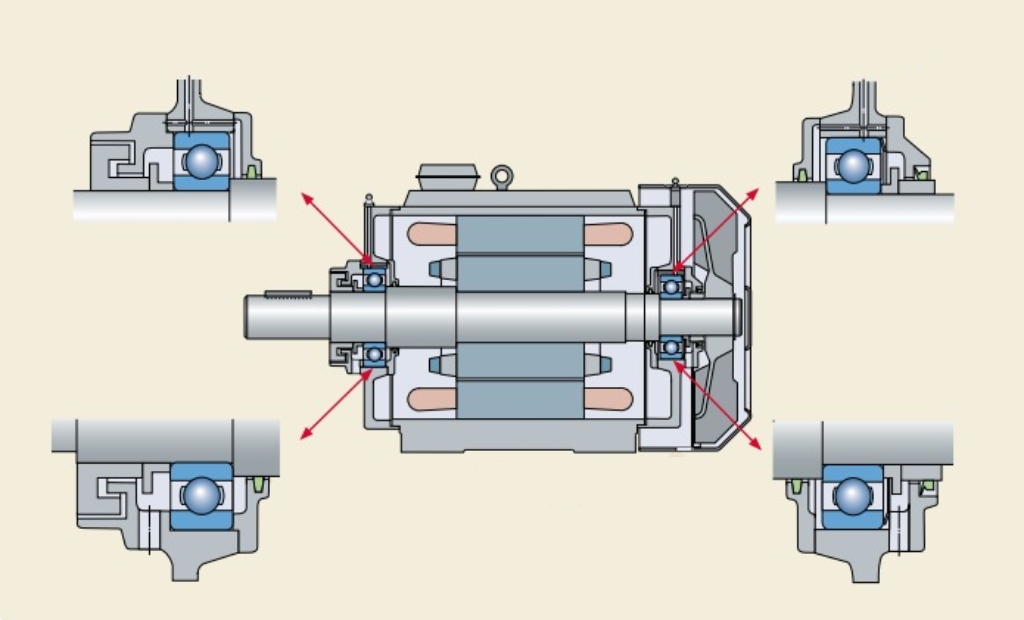
Performance in High-Temperature Environments
Aero engines, as the power core component of modern aviation vehicles, are constantly developing in the direction of large thrust and a large thrust-to-weight ratio and need to work for a long time in a high-temperature and high-pressure environment. In this environment, aero-engines are often subjected to hot gas impacts, which can lead to fatigue cracks and are prone to thermal or even damage. The high-temperature resistance advantage of ceramic bearings solves this problem.
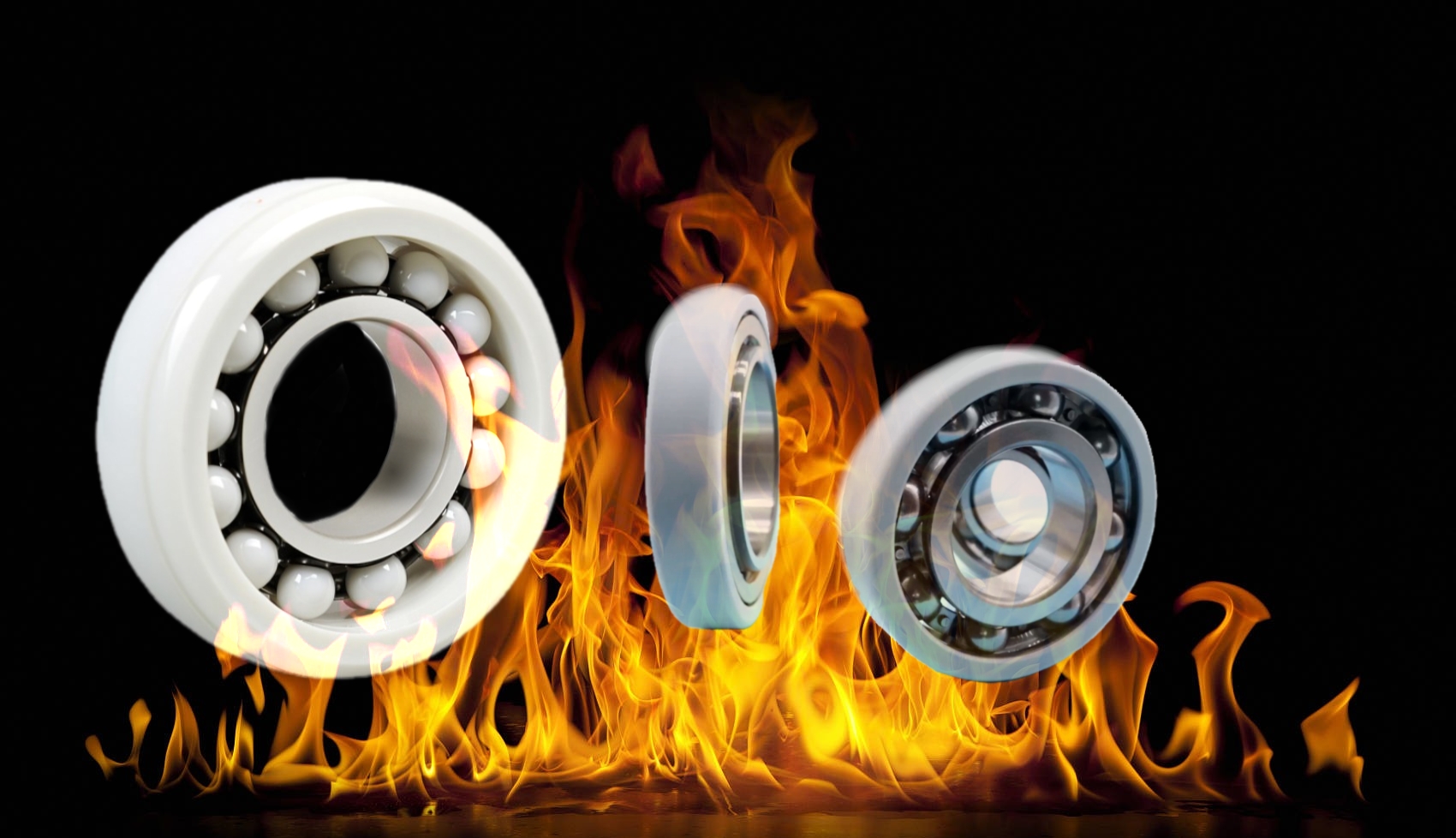
Corrosion Resistance in Harsh Conditions
Ceramic insulated bearings, especially those with ceramic rolling elements made of silicon nitride (Si3N4), exhibit excellent corrosion resistance. In marine environments and chemical processing plants, where acid, alkali, salt, and other corrosive substances are present, ceramic insulated bearings can maintain the stability of their structure and performance, effectively extending the service life.
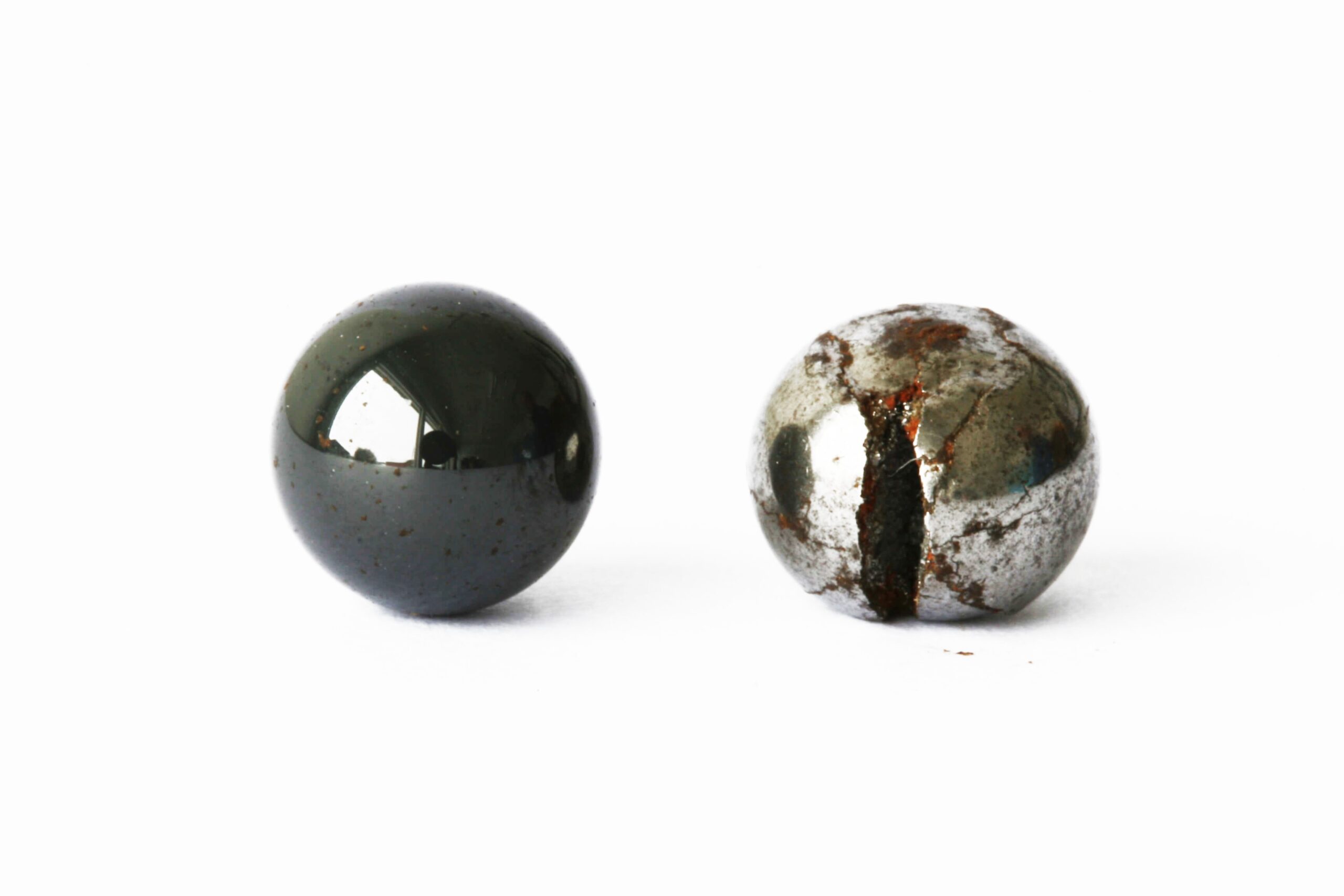
Energy Efficiency through Low Friction
The low coefficient of friction of ceramic rolling elements is usually between 0.001-0.005, which significantly reduces friction compared to traditional metal bearings. Due to the lower coefficient of friction of rolling friction compared to sliding friction, the loss of energy in friction is reduced, and the energy efficiency ratio of the system is improved.
Applications of Ceramic Insulated Bearings
Ceramic insulated bearings are widely used in many fields because of their excellent insulating properties and wear resistance. The following are the main application areas of ceramic insulated bearings:
Electric Motors and Generators
Electric motor bearings, or EMQ bearings, are manufactured for electric motors. The high resistance characteristics of hybrid or full ceramic bearings fully insulate the entire diameter of the balls. The life of an electric motor bearing can be increased at least four times when ceramic bearings are used. This is because ceramic bearings, due to reduced friction and high insulating properties, maintain the durability of the grease, bearings, and engine, increasing the efficiency and reliability of the motor.
Wind Turbine Applications
Most bearing failures in variable frequency drive motors and large wind turbines are related to damaging currents passing through the bearings. Hybrid ceramic bearings – help your turbines withstand harsh environmental conditions.SKF’s XL hybrid ceramic deep groove ball bearings have been designed and developed specifically to protect the bearings in large wind turbines.SKF’s full range of MRC hybrid ceramic bearings (314S-HYB#1/205SFF-HYB#1/309SZZ-HYB#1) are available in various sizes to suit your needs. Silicon Nitride is an insulator that resists electrical currents and does not suffer typical surface damage or galvanic corrosion.
Aerospace Industry
Engines and turbines in the aerospace industry are high-temperature components, and all-ceramic bearings have high-temperature performance, capable of operating at 800-1,000°C. The density of ceramics is much lower than that of steel, so ceramic bearings are much lighter. In aerospace, reducing the weight of aircraft components means reducing fuel consumption and increasing payload and overall efficiency. For example, VXB Full Ceramic Bearing 6207’s high rotational speed capability and corrosion resistance guarantee proper operation in spacecraft external equipment and systems.
Medical Equipment
Bearings used in medical devices need to be high-speed, low-noise, low-vibration, high-temperature, wear-resistant, and able to withstand extreme environments, corrosive chemicals, or liquids to meet the challenges of various medical devices. Such as in the MRI and dental drills and other instruments used in the 688 Ceramic Bearings; in this environment, ceramic bearings show precision and reduce noise is essential while having higher stability and lower density, as well as non-magnetic, non-conductive, wear-resistant, and self-lubricating properties.
Semiconductor Manufacturing
The reasons for utilizing ceramic bearings in semiconductor manufacturing include the challenges of vacuum environments, cleanliness requirements, corrosive impurities, and the excellent performance of ceramic bearings themselves. Ceramic bearings can adapt to many challenging conditions during the semiconductor production phase, such as furnace temperatures approaching 2,500°F and cleanroom Class 1 air quality. To meet these requirements, NTN and others have developed a wide range of materials and lubricants specialized for bearings in semiconductor manufacturing, including martensitic stainless steel, MoS2 phosphate coatings, special PTFE coatings, corrosion-resistant coatings, ceramic coatings, etc., as well as low-particle greases, general-purpose solid greases, and more. Using these new materials and lubricants ensures the stable operation of bearings in the semiconductor manufacturing industry.Such as NTN bearing type: F-604ZZ1C3/L635QMP SEB95AJ1ZZ1C3/L635QMP SEB25J1ZZ1C3/L635QMP MT2-F-BC4-8C3 MT2-F-684AX50C3 MT2-F-604ZZ1C3/0G MT2-SEB24J1ZZ1C3/ 0G
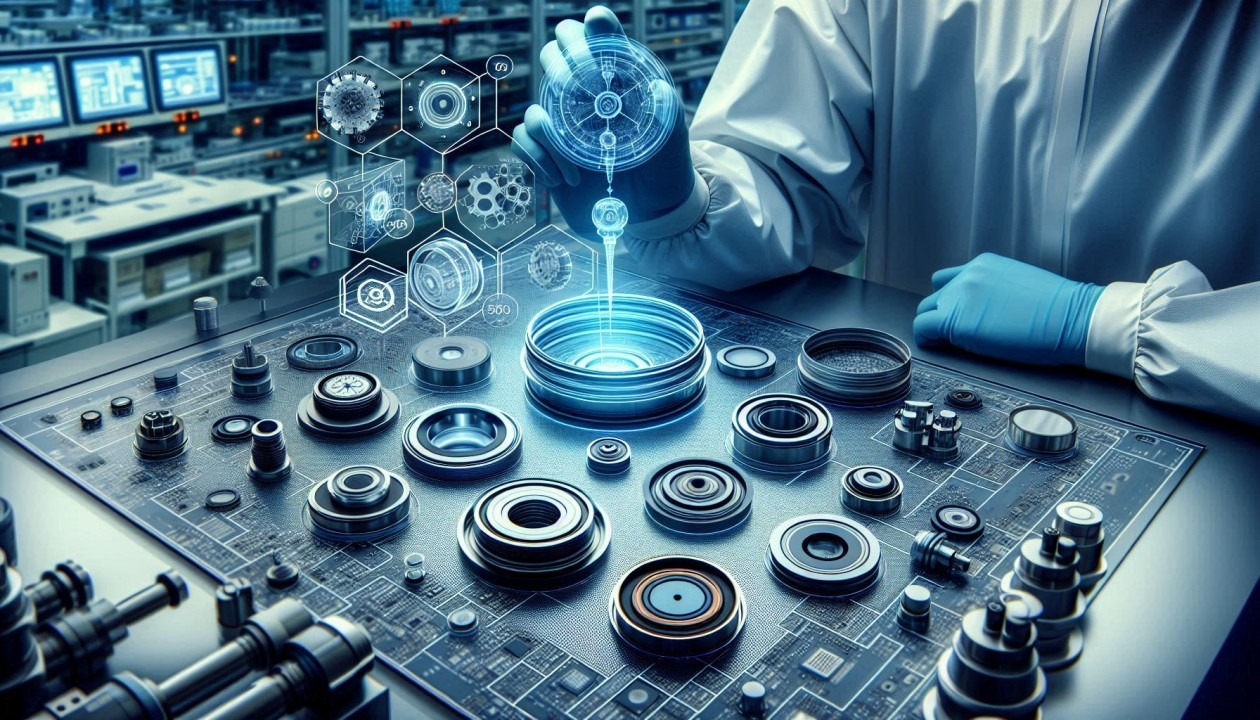
TFL’s Ceramic Insulated Bearings: Product Range and Features TFL
TFL’s ceramic insulated bearings are designed to support energy efficiency while effectively addressing the risks associated with current damage to the bearings.TFL Bearing Co., Ltd., is an ISO-certified bearing manufacturer in China; in addition to our own production of bearings and bearings manufacturers, we have established up to more than 600 partnerships, the agent brands including SKF, KOYO, NTN, etc. We provide you with insulated bearing products with quality assurance.
Standard Product Range
TFL insulated bearings are available in a wide range of sizes and configurations for you to choose from; we can provide you with the ceramic bearings you need for high-temperature resistance, lightweight, high precision, super quiet and many other advantages. Our ceramic bearings are as follows:609 High speed Ceramic Ball Bearings,CE609C3,High Temperature Bearings 6906 R2 R3 R6 R8 R10 R12 R188,Super light R166 R188 R168 MR52 ,High- precision MR63 MR83,Low noise 633CE 608 683CE and other series.
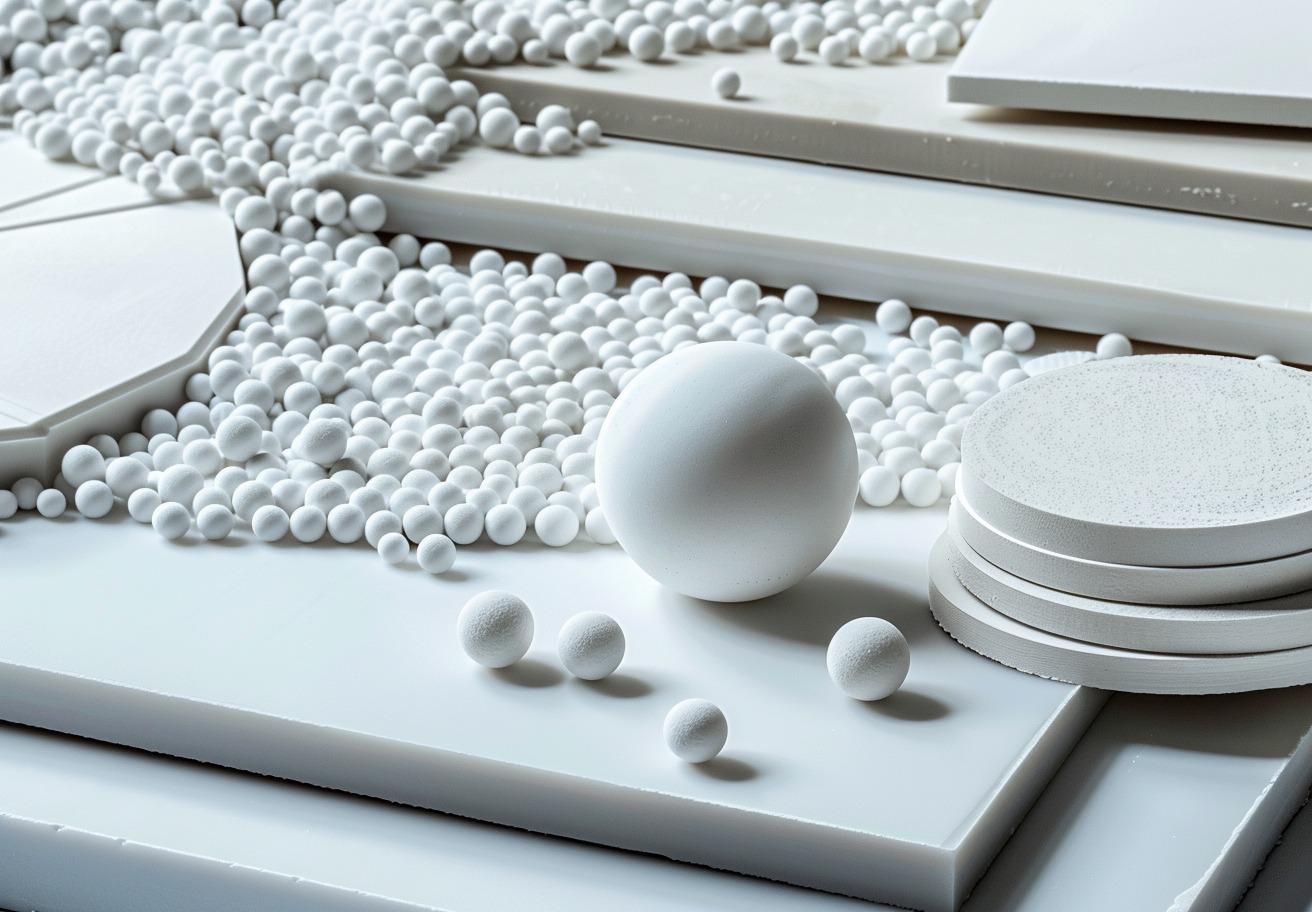
Custom Solutions
TFL ceramic bearings are designed for industry-specific purposes. We can offer all standard ceramic bearings in three material categories: zirconia bearings, silicon nitride bearings, and mixed ceramic bearings (ceramic, steel, or chrome). Fine ceramics (advanced ceramics, advanced technology ceramics) – silicon nitride materials for rolling bearing balls and rollers. Customers can also request the production of non-standard bearings.TFL’s technical capabilities and production capacity are at the forefront of leading bearing manufacturers and bearing suppliers.
Quality Control and Testing
TFL Bearing Co., Ltd. is an ISO-certified bearing manufacturer in China. We have a set of strict quality control and testing processes to guarantee the quality of our products. The performance test program focuses on dimensional accuracy, load carrying capacity, smoothness of operation, bearing noise, vibration test of ceramic bearings, etc., which adds an extra layer of protection for TFL Bearing products.
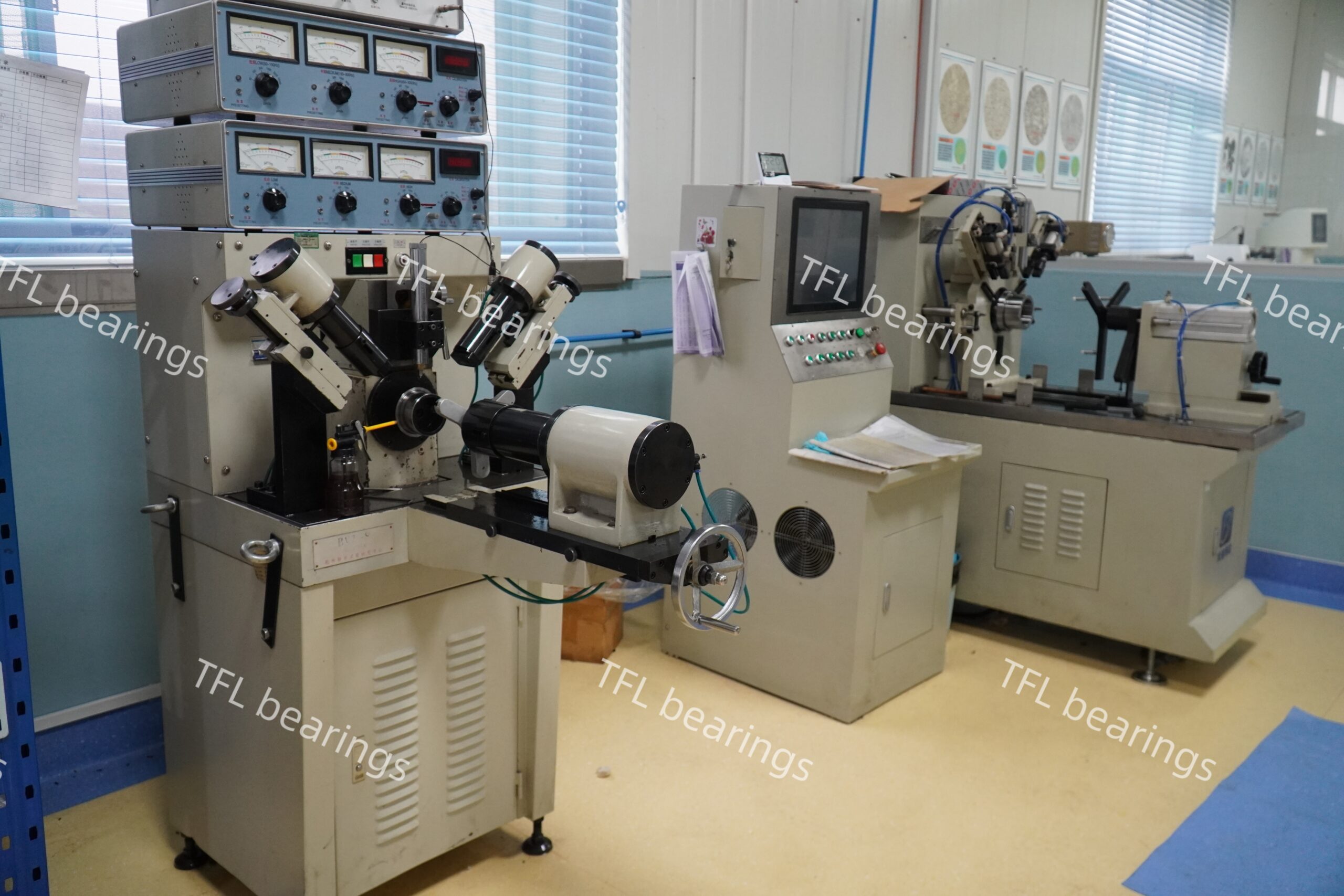
Conclusion
TFL Bearings specializes in supplying ceramic bearings. Ceramic bearings have excellent electromagnetic resistance, wear resistance, corrosion resistance, maintenance-free lubrication, and high and low-temperature resistance. Therefore, they are suitable for harsh environments and special conditions. With strict quality control and testing, we promise that our bearings meet international quality standards to provide high-quality products and services.
Frequently Asked Questions
- What are the main benefits of using ceramic insulated bearings?
The main advantages of ceramic insulated bearings include improved equipment reliability, extended equipment life, reduced maintenance costs, avoidance of damage caused by galvanic corrosion, resistance to wear and a wide range of applications.
- How do ceramic insulated bearings improve electric motor efficiency?
Ceramic insulated bearings significantly increase the efficiency of motors through their insulating properties and excellent wear resistance. The properties of the ceramic material allow the bearings to operate efficiently for longer cycles, thus increasing the overall efficiency of the motor.
- Are ceramic insulated bearings suitable for high-temperature applications?
Ceramic insulated bearings are suitable for high-temperature applications. They are resistant to high temperatures, abrasion, corrosion, magnetic and electrical insulation, oil-free self-lubrication, and high rotational speeds, all of which make them perform well in high-temperature environments.
- What industries commonly use ceramic insulated bearings?
Ceramic insulated bearings are used in various applications, such as electric motors and generators, wind turbine applications, the aerospace industry, medical devices and semiconductor manufacturing.
- How long do ceramic insulated bearings last compared to traditional bearings?
Ceramic insulated bearings typically have a much longer service life than conventional bearings. Specifically, the fatigue life of all-ceramic bearings can be 10-50 times greater than that of all-steel bearings, and hybrid ceramic bearings have a life of about 3-5 times greater than all-steel bearings.
